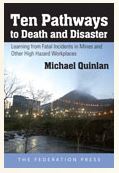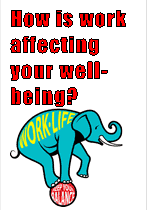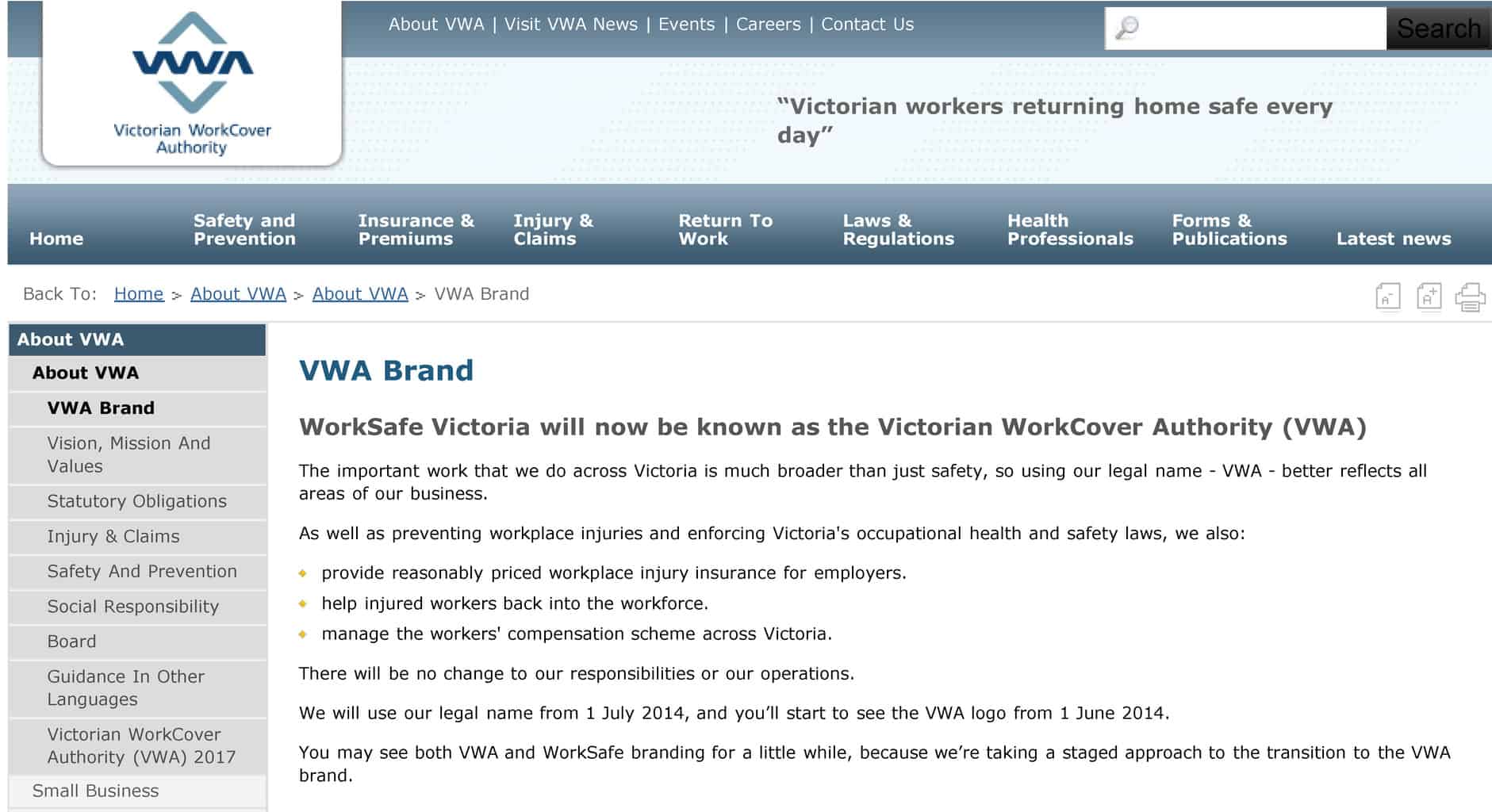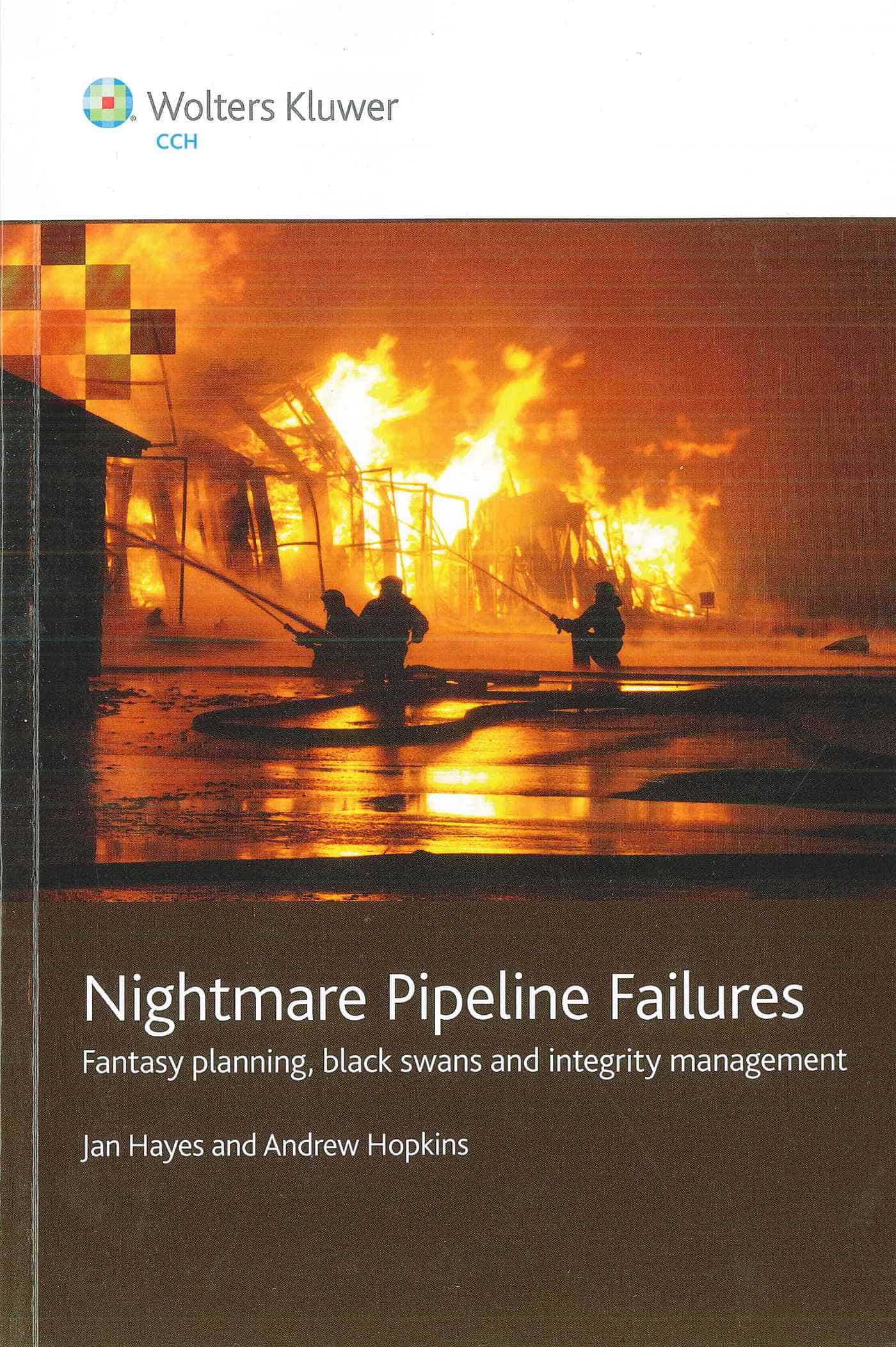The Australian Government has announced an inquiry into workplace relations through the Productivity Commission (PC). The most obvious occupational health and safety (OHS) element of this inquiry relates to workplace bullying which is discussed in the fourth of five issues papers released in January 2015. However the purposeful separation of workplace bullying actions through the Fair Work Commission (FWC) from actions in other sectors, such as OHS regulators, limits the potential impact of the inquiry on this issue.
The PC issues paper acknowledges the lack of the anticipated avalanche of anti-bullying applications and accepts that the structure of the FWC process may be partially responsible. This lack of applications, an issue discussed


 A research team from the
A research team from the  Just over six months ago the (conservative) Victorian Government
Just over six months ago the (conservative) Victorian Government 